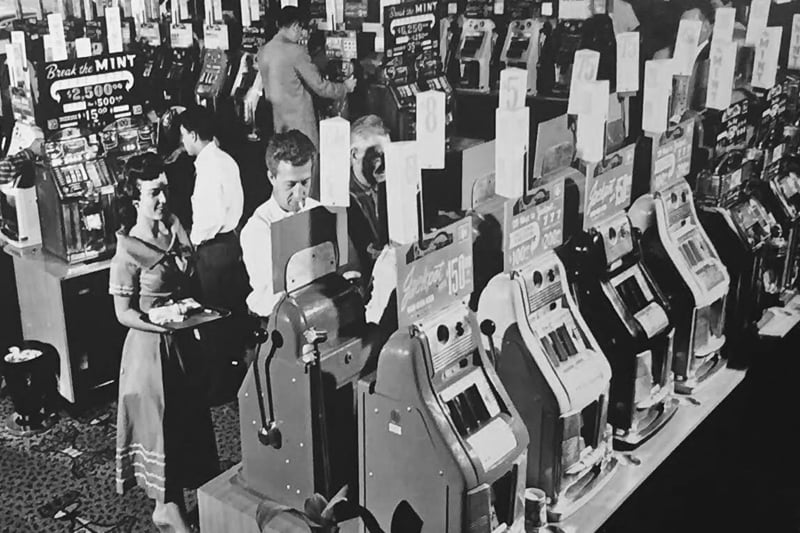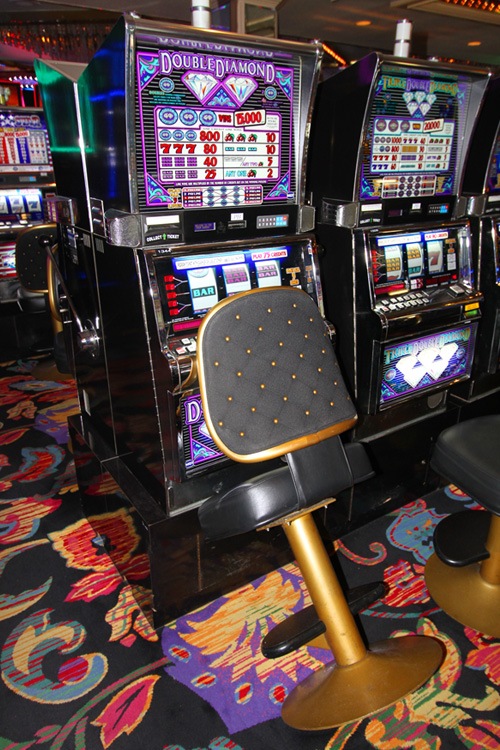How People Started Sitting at Slot Machines in Casinos
For the longest time, slot machines were the red-headed stepchild of casino gambling. They were the thing casinos had to offer to keep the wives of table games players (“real gamblers”) occupied.
It may sound absurd now, but in the early days of casino slot machines, players stood while they played. Which sucked in a number of ways.

It’s believed a major turning point in how slot machines are played came about because of our human need to urinate. See, after feeding a slot machine for a period of time, players didn’t want to leave a machine to use the restroom for fear of losing their impending jackpot to another player.
Clever players began stealing chairs from nearby table games and took to leaning them against the slots to save their spot. This is a practice that continues today, despite it being incredibly annoying.

It didn’t take long for customers to use the chairs to sit and play, thus changing the culture of slot machine play forever. Today’s slot machine chairs are plush and ergonomic, and many feature sophisticated sound systems and vibration functions to keep players engaged and entertained.
The folks at Binion’s in downtown Las Vegas claim they know the exact moment the practice of sitting at slot machines began.
In 1956, the Birdcage Casino opened at the corner of 1st Street and Fremont. The casino began offering customers a 10-cent keno slot, and the machines started raking it in. In response, Binion’s offered its own bank of 10-cent keno slot machines to compete with its neighbor.
It was inside Binion’s the practice of sitting down at slot machines began.
Today, slot machines account for as much as 85% of a casino’s revenue. One of the biggest measures of a machine’s profitability is known as “Time on Device,” or TOD, or the average time a gambler spends on a given slot machine.
Suffice to say, “Time on Device” has been increased immeasurably by the fact customers sit as they play.
Here’s another fun fact about Binion’s: It was the first downtown casino to get carpeting. How’d that happen? Presumably, a gambler ran up some debt with the casino’s owner at the time, Benny Binion, and repaid his debt by carpeting the joint.
Now you know!





Leave your thoughts on “How People Started Sitting at Slot Machines in Casinos”
11 Comments